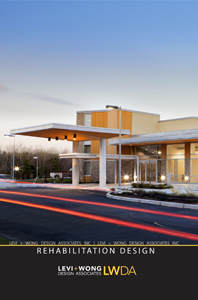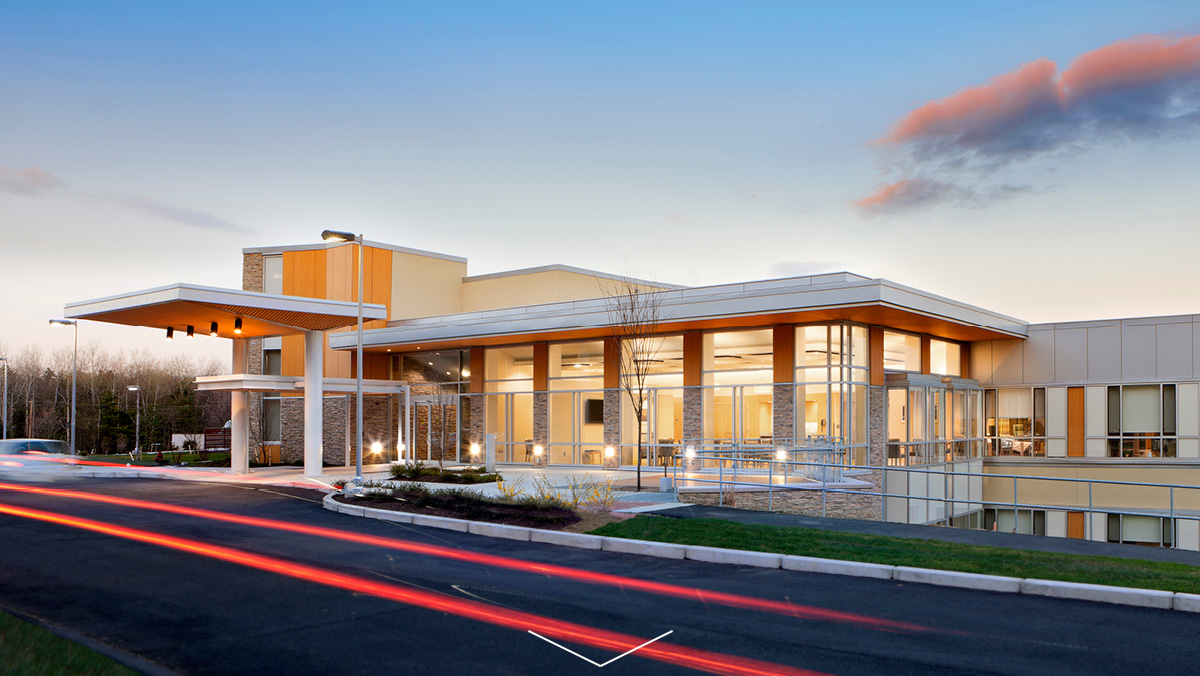
Rehabilitation Design
Environments to support your mission
by building patient confidence in the quality of care you provide
Rehabilitation Design
Designing Rehabilitation Environments for Care Networks
We believe that environments can encourage and inspire patients of varying abilities to do the hard work that helps overcome disability. Rehabilitation spaces can facilitate healing by enabling independence, engaging individuals and families, and optimizing the rehabilitation experience. To design these spaces, we focus on the patient experience throughout their functional recovery journey, balancing concerns for care delivery with patient privacy. We work with the care model of an organization to help create and shape branded and successful environments that can further their mission of healing.
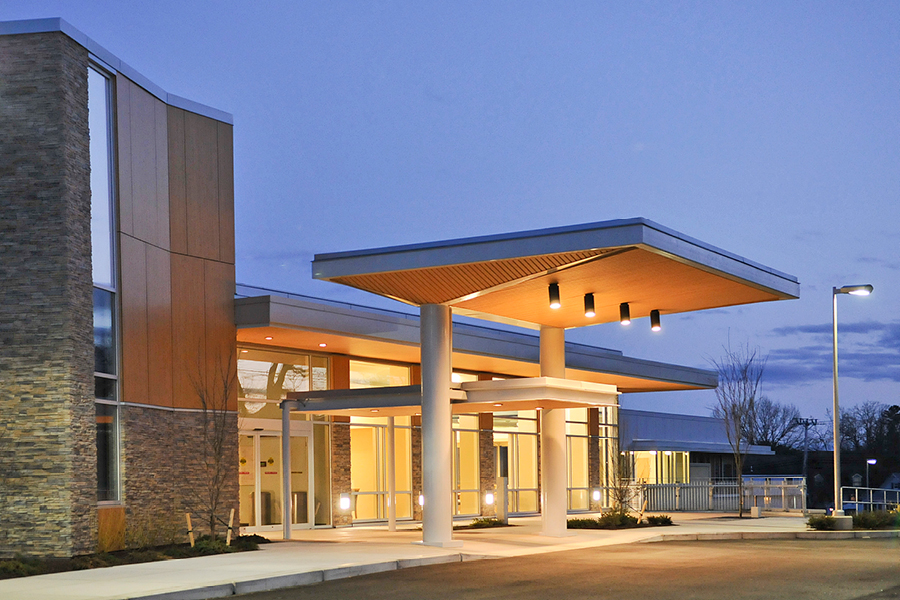
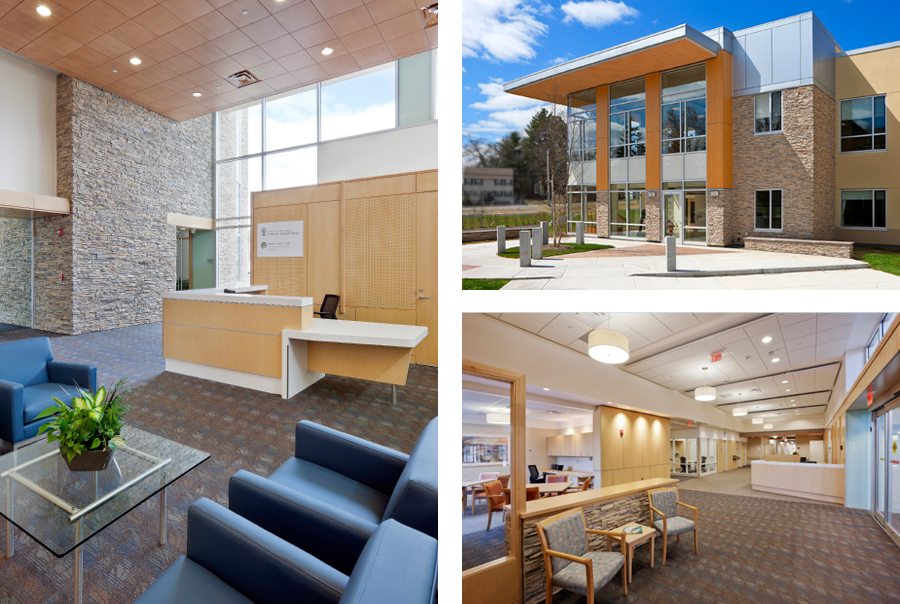
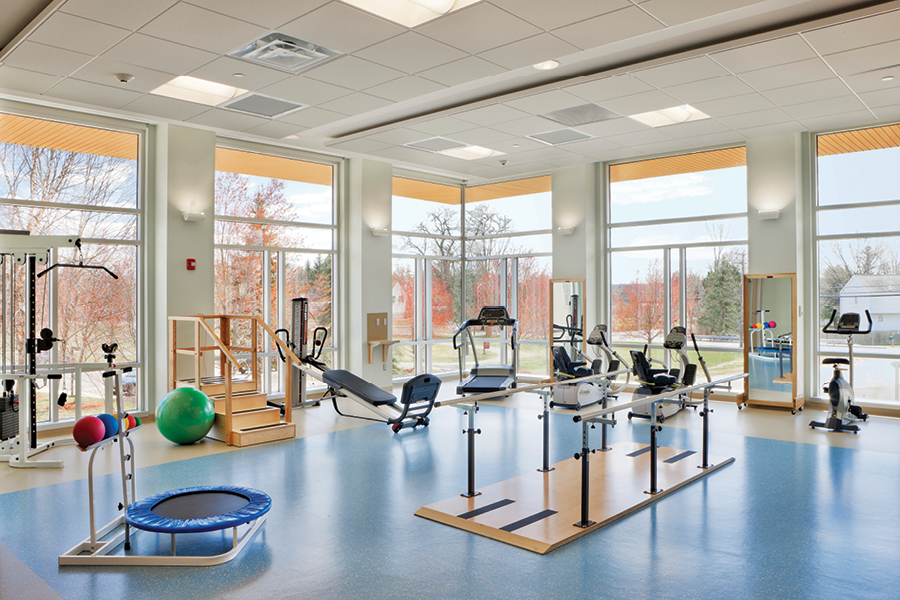

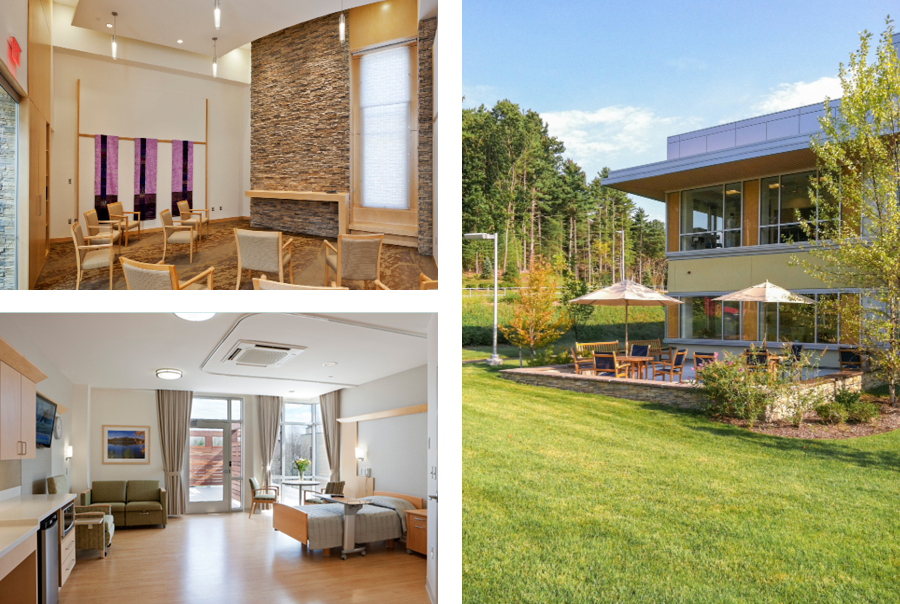
Design for a Holistic approach to Healing, Recovery and Compassionate Care
An Acute Inpatient Rehabilitation Program and a Sub-Acute Center & Hospice Unit
The D’Youville Center for Advanced Therapy (Lowell, MA) is a 25,000 square foot state-of-the-art facility designed for a single site experience that supports the needs of patients across the continuum of care. By providing intensive short-term rehabilitation in patient rooms and training spaces, an interdisciplinary team of nurses, physicians, therapists, dietitians, social workers, and speech and language pathologists take a holistic approach to providing care in place.
To promote healing and wellness, natural light permeates through windows strategically located in corridors, patient rooms and therapy spaces drawing light into interior spaces. The large windows views in the rehabilitation gym create a connection with the local neighborhood and exterior courtyards allow patients access to outdoors relaxation and community re-entry training experiences. A clean modern look was created using simple forms, detailing, and proportion, and was complimented with natural materials such as wood and stone to create spaces that are warm and comfortable.
To enhance the rehabilitation process, patient rooms, corridors, therapy areas and community spaces were designed for an integrated, functional, training-in-place approach. Teams including nurses, physicians, therapists, dietitians, social workers, speech and language pathologists share public work areas. Resting stations break-up traditional long corridors and help patients get out of their rooms to go for walks, and move to engage in social and wellness activities that are vital to their recovery.
To create an exceptional patient experience, the nurses are located at concierge style desks in an open and accessible area and therapy spaces are connected to patient rooms. A unique program element to the facility is the integrated Hospice Care, which mixes indoor and outdoor spaces with communal, family, and private spaces to provide choices for the patient’s care environment. Four rooms open into an open lounge and kitchenette that looks out into private courtyard. This is a place where patents can talk to each other and to visiting family members and not feel alone. The rooms themselves are designed to control privacy and care, with assisted bathrooms, furniture designed for family members to sleep and stay in, and a private courtyard that the bed can be moved out into.
LEARN MORE ▶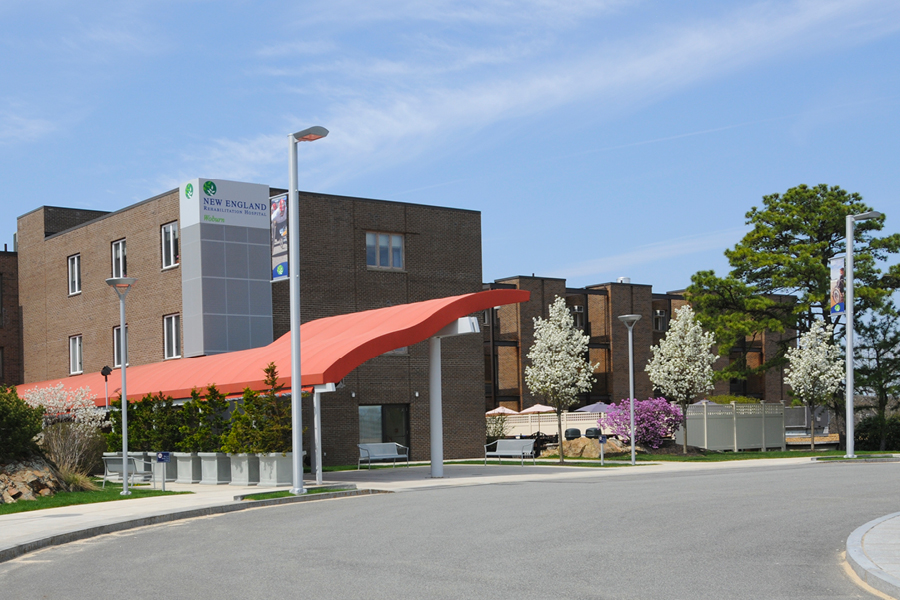





Transforming from a local to a regional rehabilitation provider
Modernizing and re-branding
New England Rehabilitation Hospital (NERH), located in Woburn Massachusetts, lead a strategic planning process to rebranded their image from that of a community focused inpatient rehabilitation care provider to that of a regional rehabilitation hospital. NERH had an aging, inefficient facility and asked Levi + Wong Design to develop a facility master planning that both increased the prominence of the hospital and improved its operations.
The existing campus layout was rethought, with the entrance road and parking layout rearranged, putting more emphasis on the entrance identity and experience of approaching the building. A bold red canopy and modern screen system were constructed to clearly identify the new entrance, setting the tone for the modernization of the interior.
Interior departments were rethought in the same manner to create a better and more consistent patient experience. Specialty units were refreshed with new finishes, and renovated to create a healing environment uniquely designed for the rehabilitation work of the patient and team. The rehabilitation team was actively engaged in the design and decision-making process throughout the project to ensure efficient workflow. The lobby, and public space finishes were also updated, including custom graphics that better reflected their mission of rehabilitation, but also to communicate to visitors a positive vision of successful living after rehabilitation.
The NERH facility improvements helped reposition the facility for their changing mission, enhanced patient and family’s experiences, and conveyed a positive image consistent with its reputation as an exceptional rehabilitation hospital.
LEARN MORE ▶

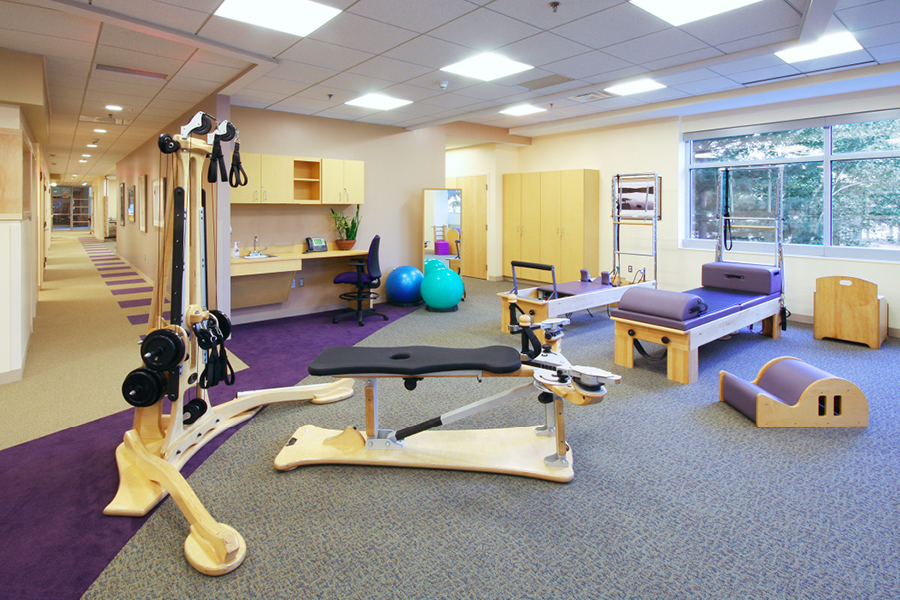
Growing Specialized Out-Patient Facilities
Extending branded care services out into communities
There is currently a movement to locate more rehabilitation services out of hospitals an into outpatient centers. This can both provide more cost effective care and be more convenient to the population served, but location is important; specialized outpatient facilities are becoming more common within communities, and outpatient services imbedded in senior living and care environments have become a solution to providing better patient centered care. We believe that building a strong brand in these spaces helps inspire confidence in the effectiveness of the treatment. We have designed numerous outpatient centers related to larger care institutions that benefit from a cohesive brand, as it helps patients understand that the rehabilitation they are receiving is part of a larger network of care. Our spaces are built on controlling natural light, private and public treatment spaces, and sustainable finishes that reflect the goals and delivery models of our clients.
LEARN MORE ▶
